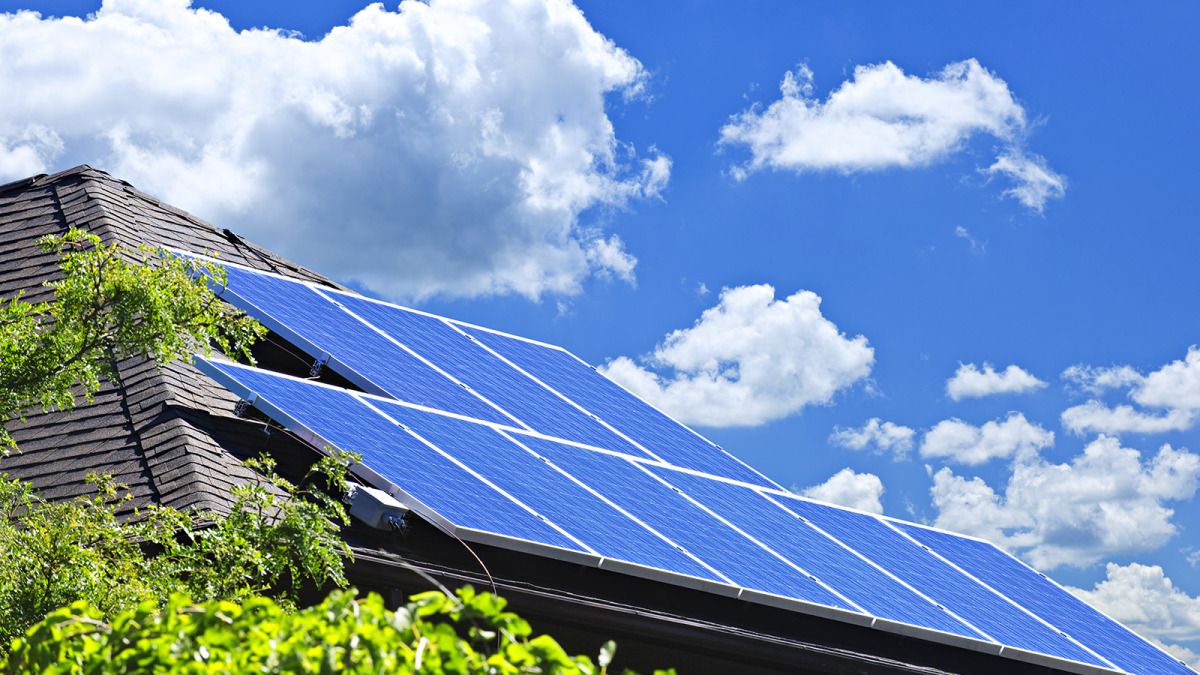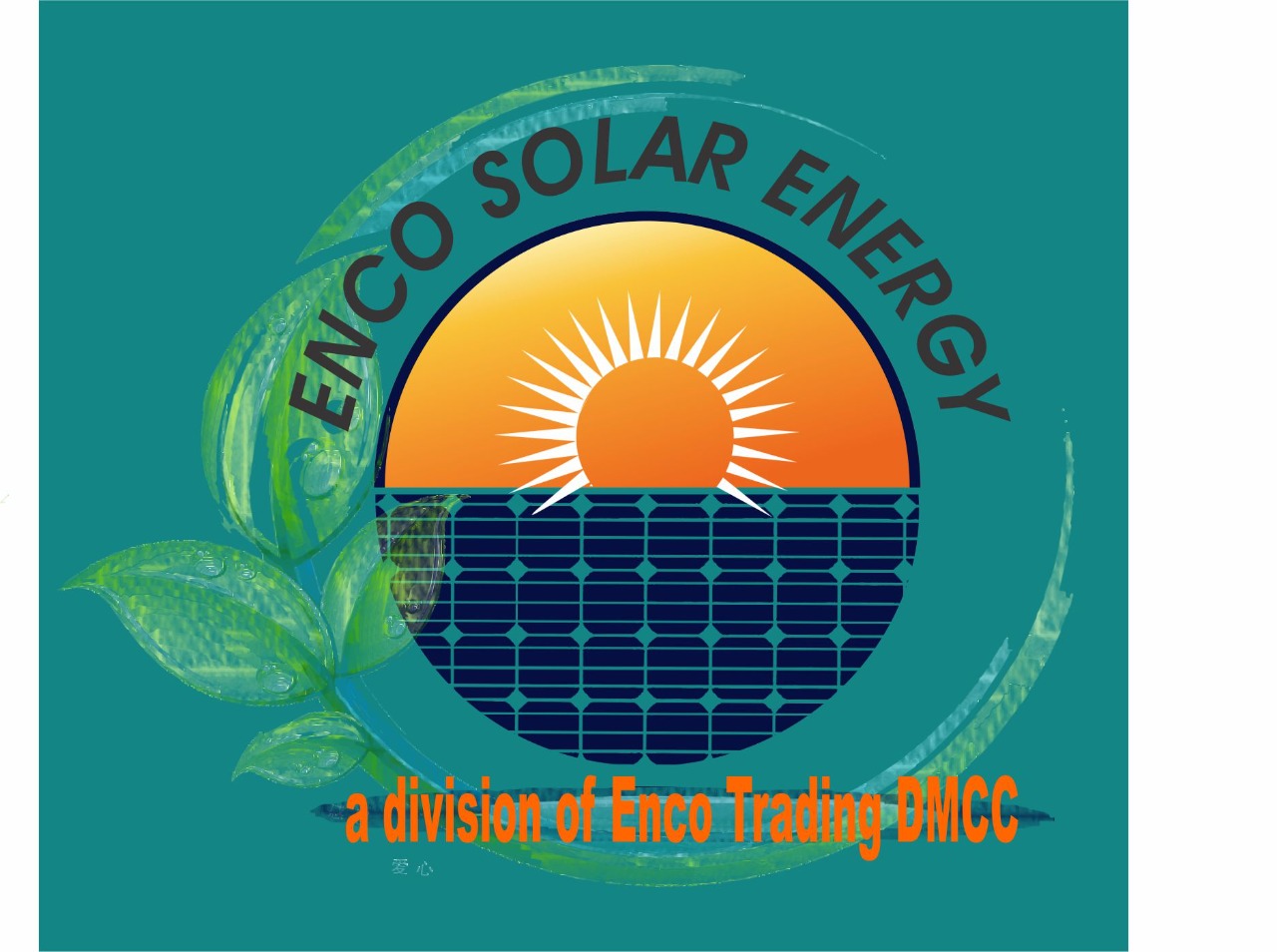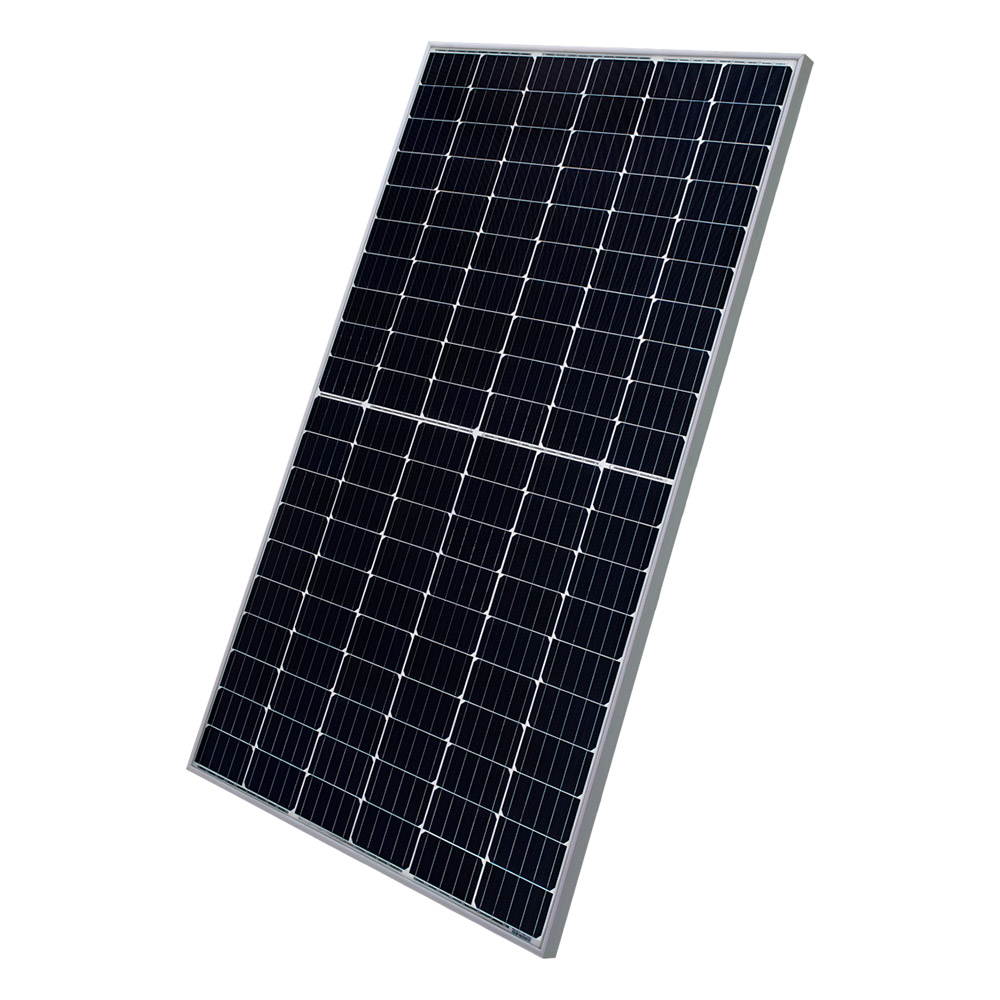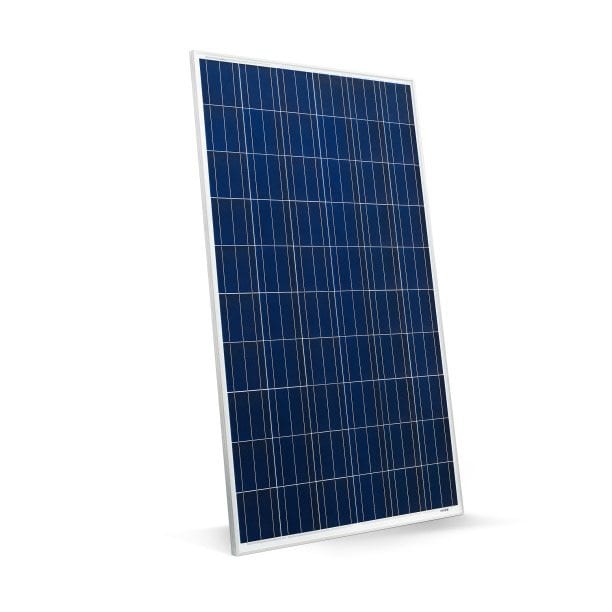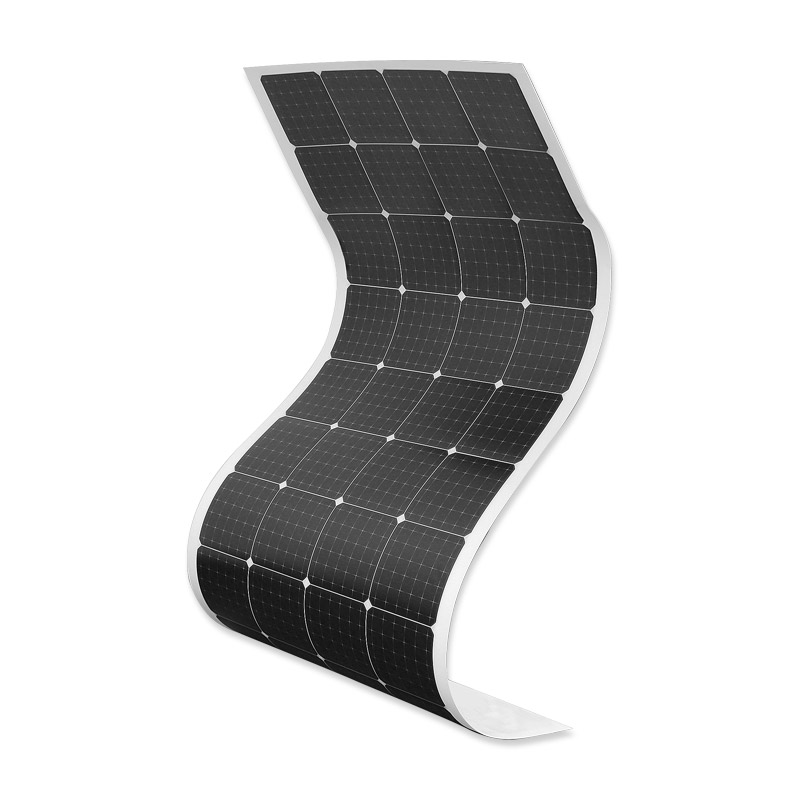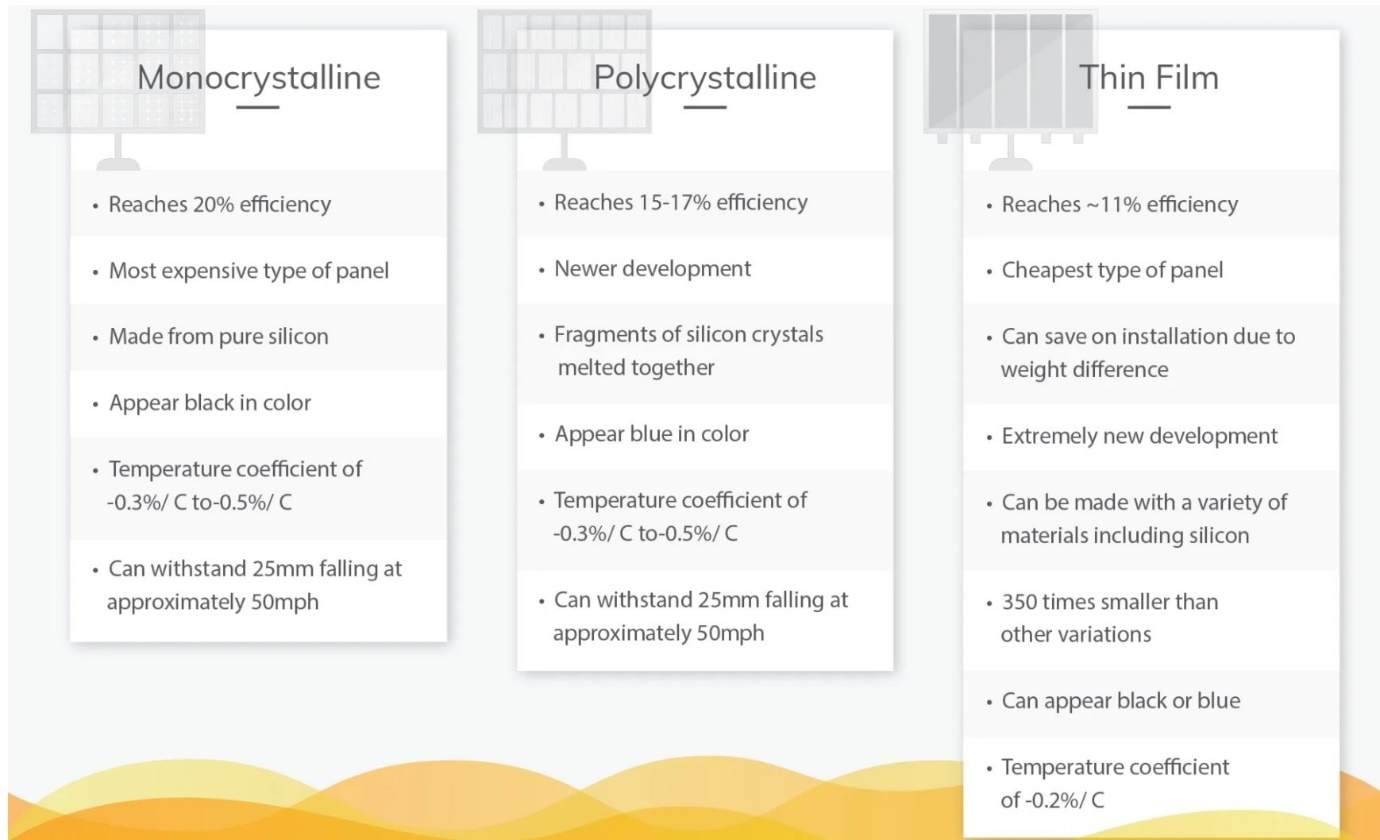WHAT ARE THE DIFFERENT TYPES OF SOLAR INVERTERS?
An inverter is mainly used to transform the DC electricity into AC, which is the main type of power that is used by most of the residential appliances and electrical devices.
An inverter is considered as one of the most vital elements of the entire solar system since it determines how much energy is about to be sent to the houses or the commercial industries, and how they help the users measure the self-consumption of the overall electric power.
There are many types of solar inverter available in the market depending on what kind of solar panels you are using in your properties. Furthermore, an inverter is essential because this is more likely to malfunction due to its continuous use of making solar energy into its convenient form.
String inverters
Solar panels are installed in rows, each on a “string.” For example, if you have 25 panels you may have 5 rows of 5 panels. Multiple strings are connected to one string inverter. Each string carries the DC power the solar panels produce to the string inverter where it’s converted into usable AC power consumed as electricity. Depending on the size of the installation, you may have several string inverters each receiving DC power from a few strings.
String inverters have been around for a long time and are good for installations without shading issues and in which panels are positioned on a single plane so do not face different directions.
If an installation uses string inverters and even one panel is shaded for a portion of the day reducing its performance, the output of every panel on the string is reduced to the struggling panels’ level.
Though string inverters aren’t able to deal with shading issues, the technology is trusted and proven, and they are less expensive than systems with microinverters. String inverters are commonly used in residential and commercial applications.
Micro-inverters
Micro-inverters have a small unit to convert power underneath or built into each individual solar panel. Think of it as having mini currency exchange stations on every nearby street corner.
This gives each panel the ability to function at peak performance, independent from its neighbors. Even if the panel next to it has a tree branch shading it for most of the day, all the other panels can convert at full capacity.
They also enable you to monitor the performance of each individual panel. This is helpful for spotting any issues with a single panel so you can have it repaired before it slows down the whole system’s productivity.
Any drop in efficiency only affects one panel. These can be more expensive than string inverters, but it could pay off by getting more power from your system overall.
Hybrid Solar Inverters:
This is a multi-mode inverter which involves a battery installation along with the set-up of the inverters. Not only does the inverter supply the DC power to the battery, but also it provides power to the grid and your home’s appliances in the form AC current.
Having equipped with MPPT, it can track the amount of charge your battery requires, and when it’s the right time to draw the charge from the grid for a low price.
When the battery is fully charged, the excess power can be sent back to the grid using this charge controller. Should any problem arise, this inverter can go to a standby mode instead of the turning off completely.
Central inverters
Central inverters are similar to string inverters, but they are much larger and can support more strings of panels. Instead of strings running directly to the inverter, as with string models, the strings are connected together in a common combiner box that runs the DC power to the central inverter where it is converted to AC power.
Central inverters require fewer component connections but require a pad and combiner box. They are best suited for large installations with consistent production across the array.
Battery-based Inverter/Charger
Most of the off-grid solar systems tend to charge the battery on its own, but during winter or acute shading, it is often difficult for the solar system to fully charge the battery. Hence, the inverter/charger kicks in to meet the energy requirement of the system.
This type of inverter is bi-directional, which means that it can work both as a battery charger and an inverter. In this system, an AC generator is required to trigger the conversion of the AC electricity to DC and vice versa.
This type of inverter can be off-grid, grid-tied, or grid-interactive.
With the help of the inverter/charger, AC power from the generator is converted into DC to feed the battery, whereas the DC is converted into AC to supply the continuous power of the critical loads.
